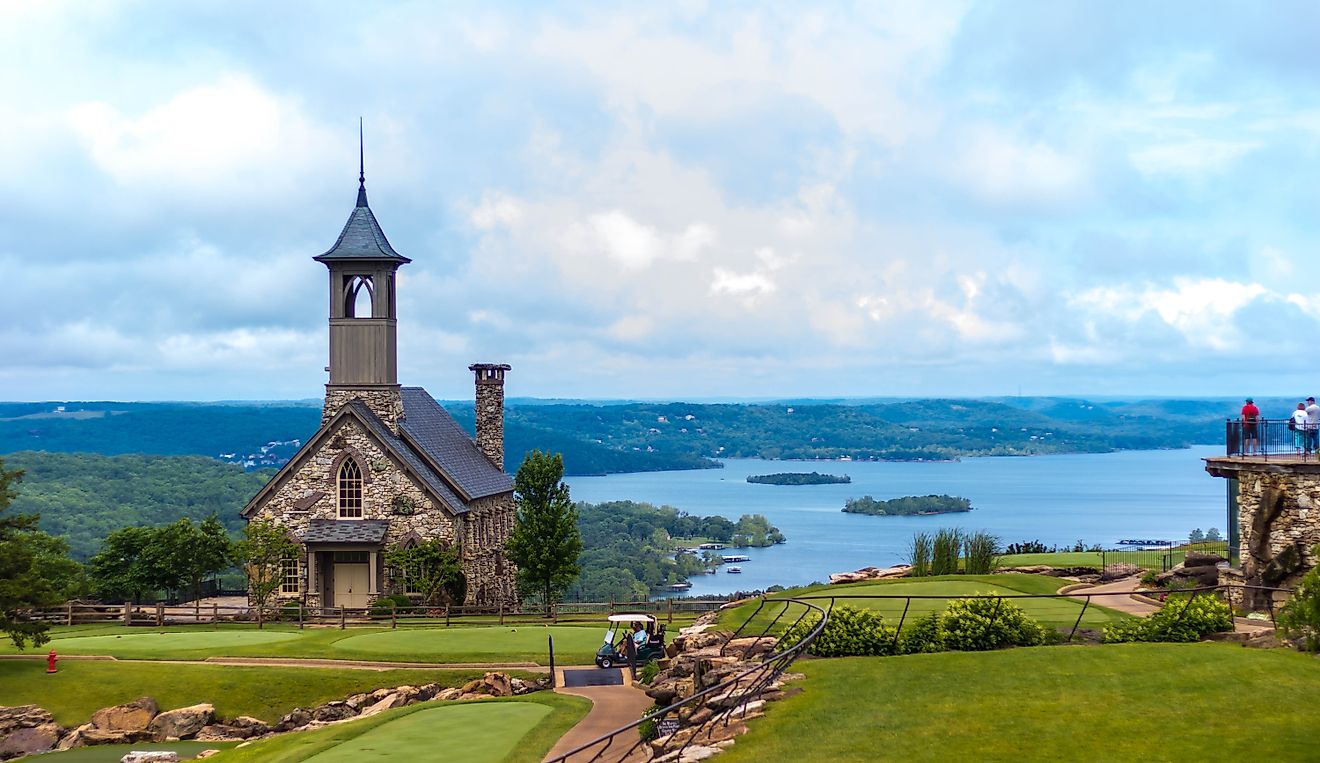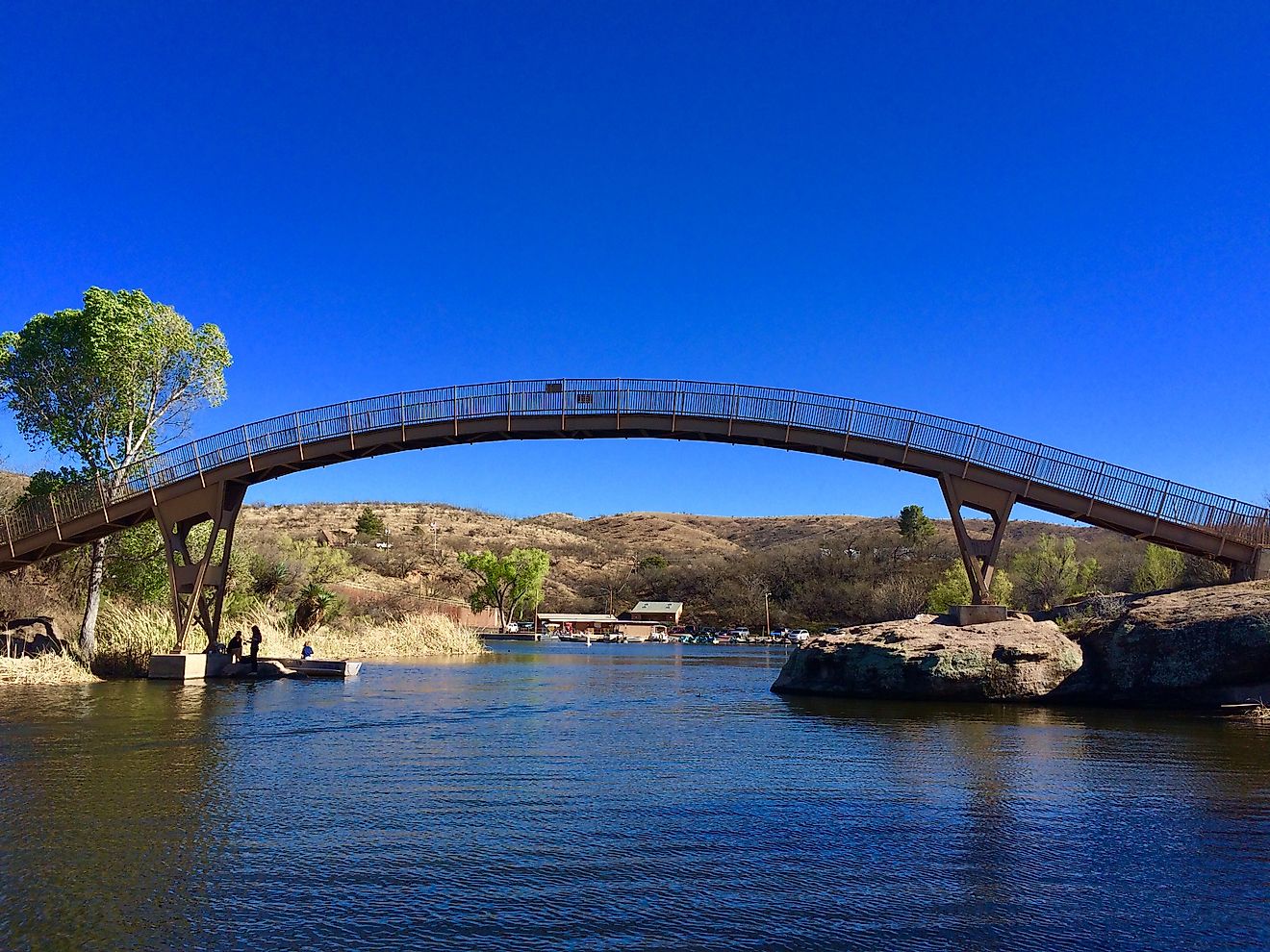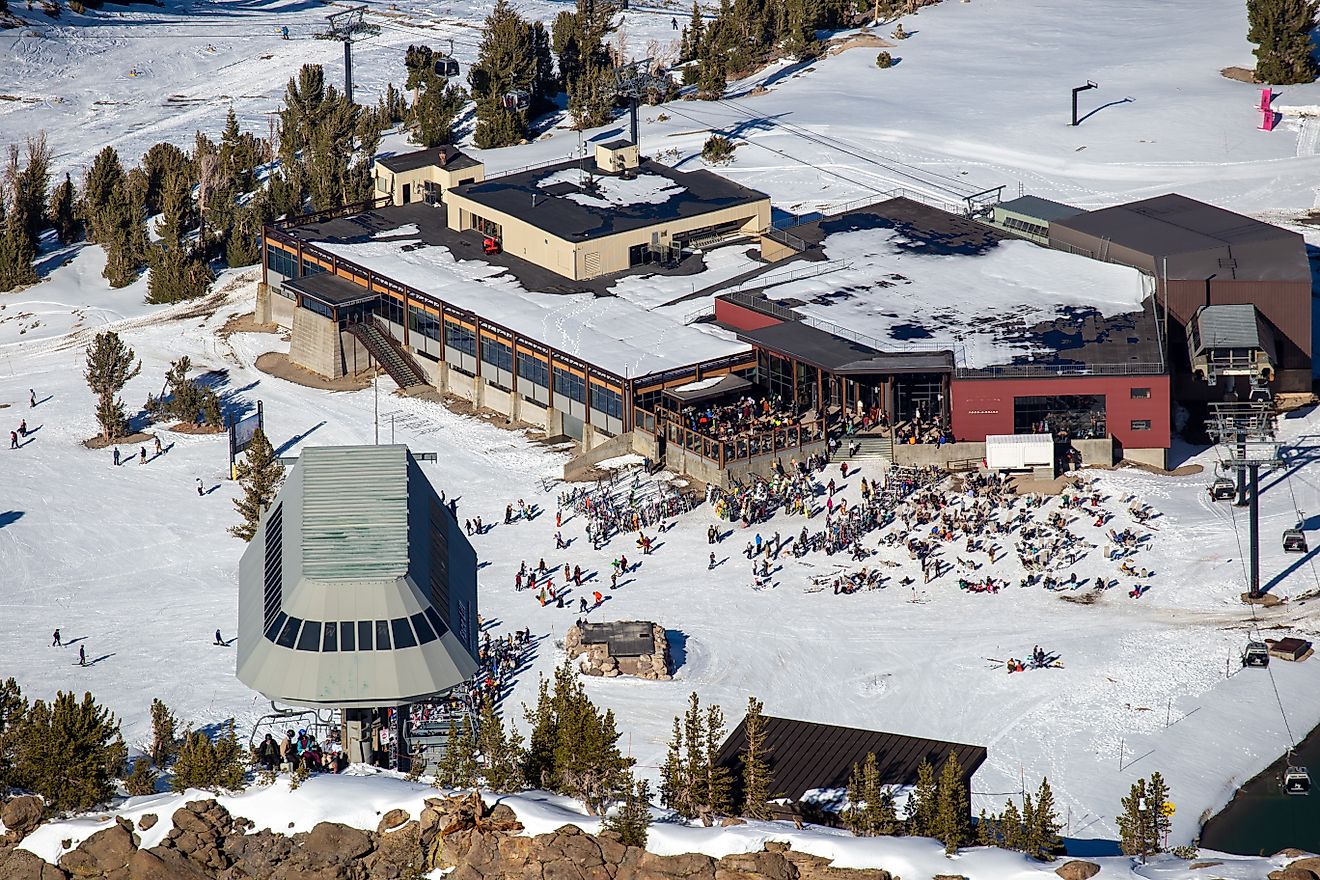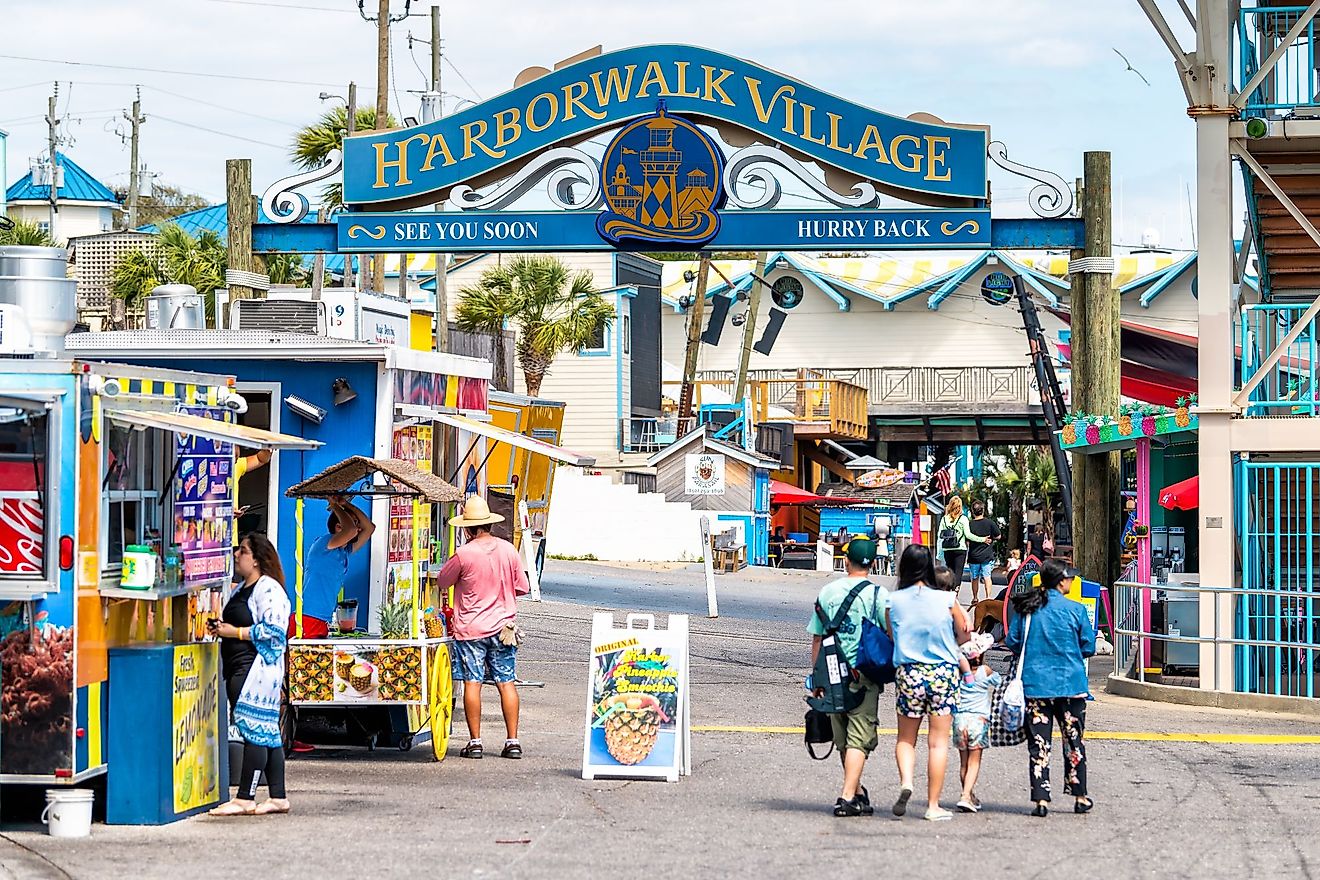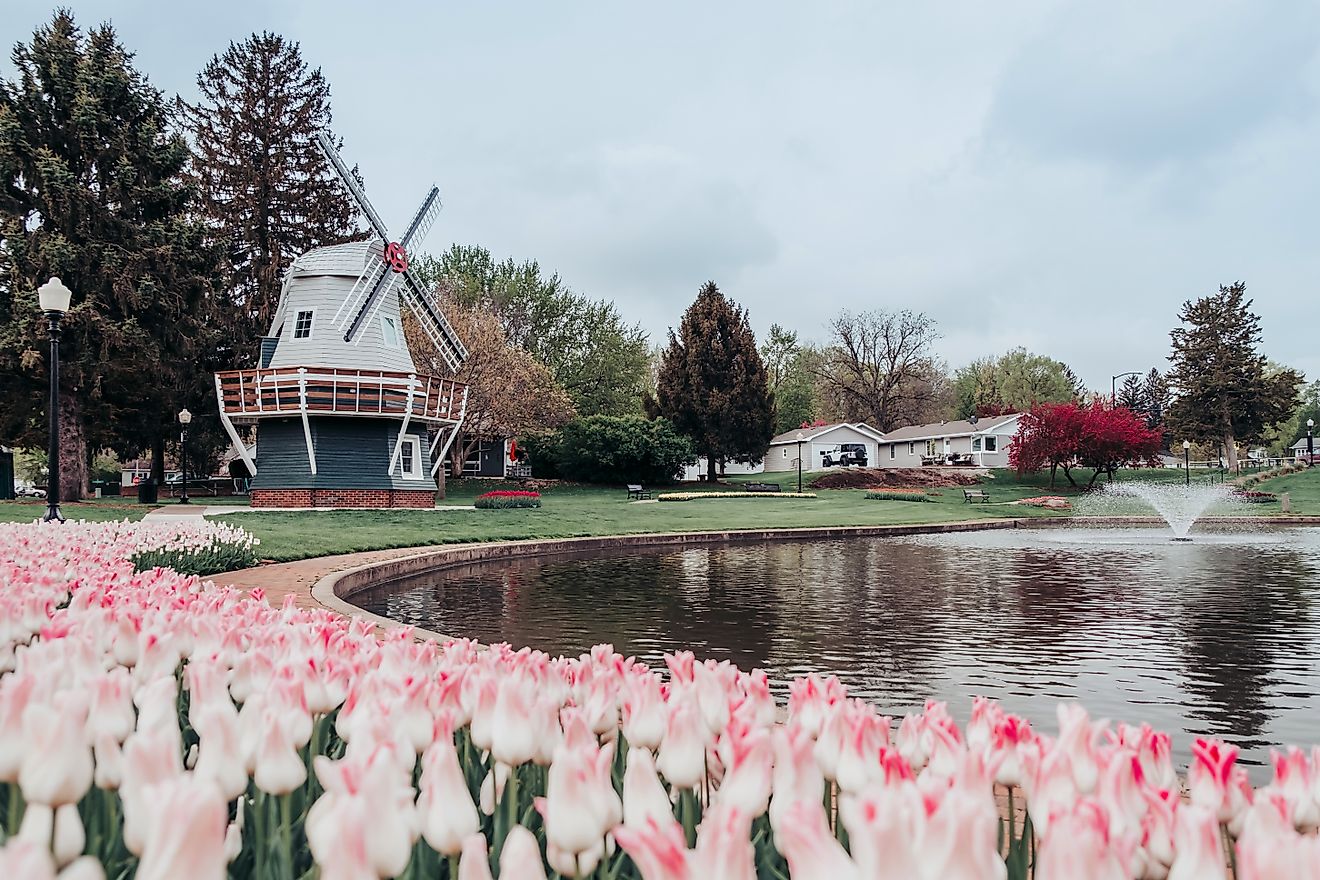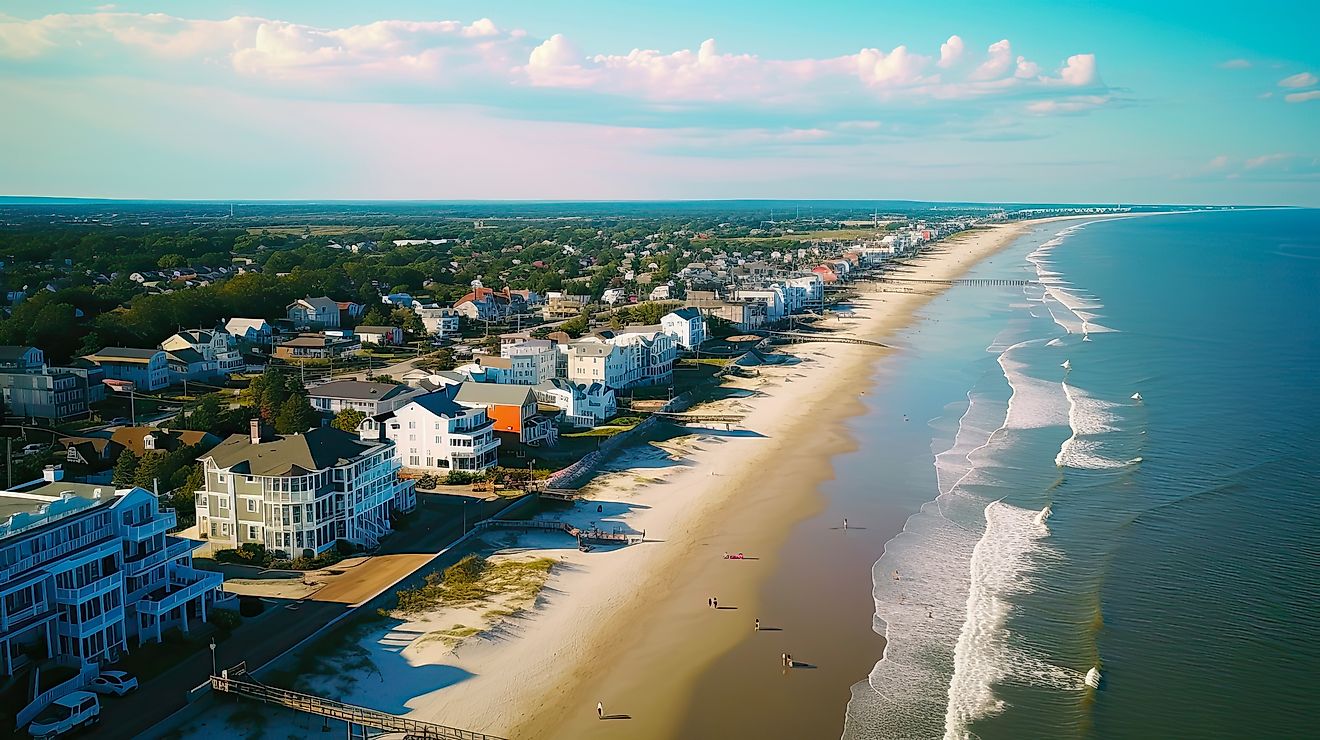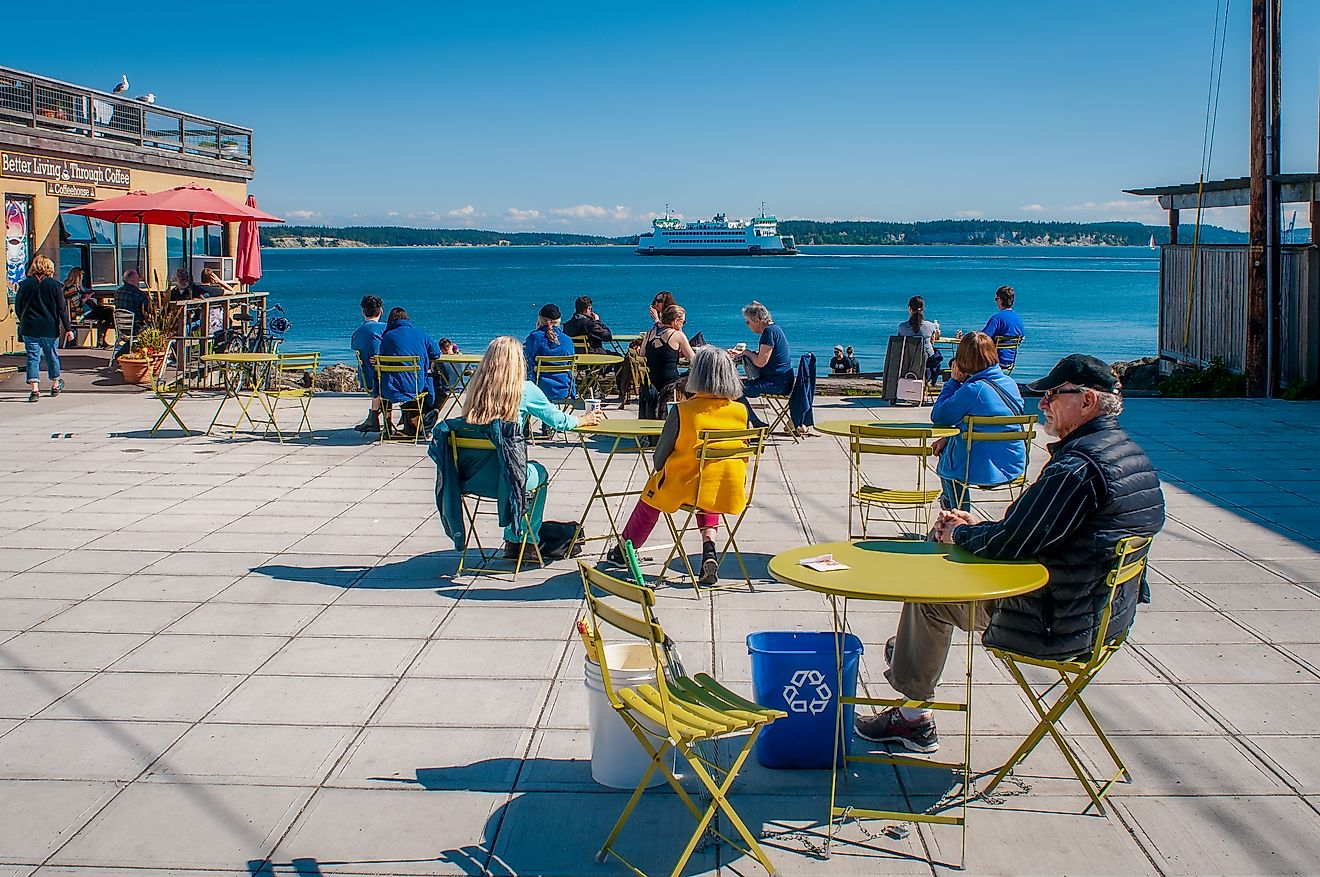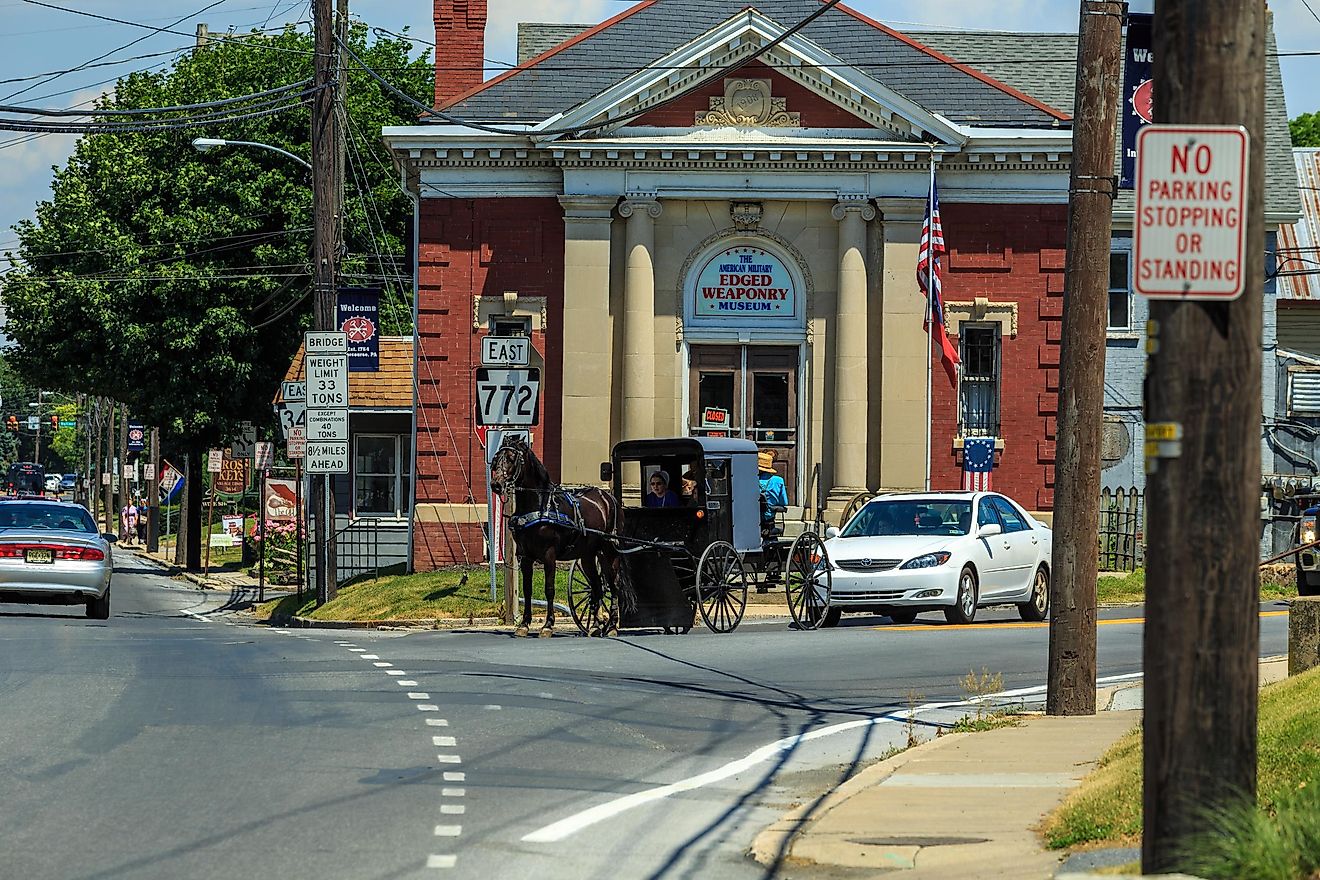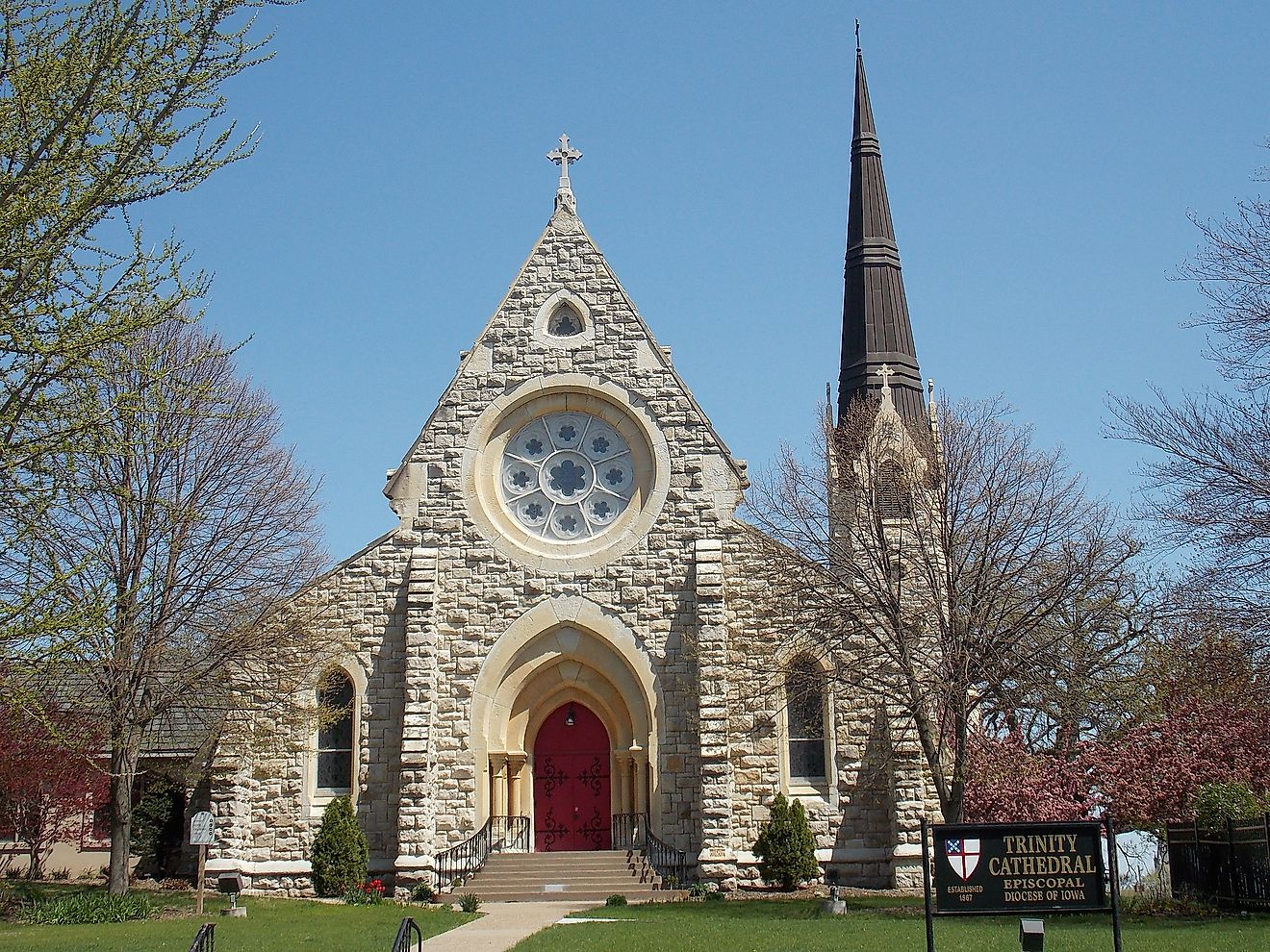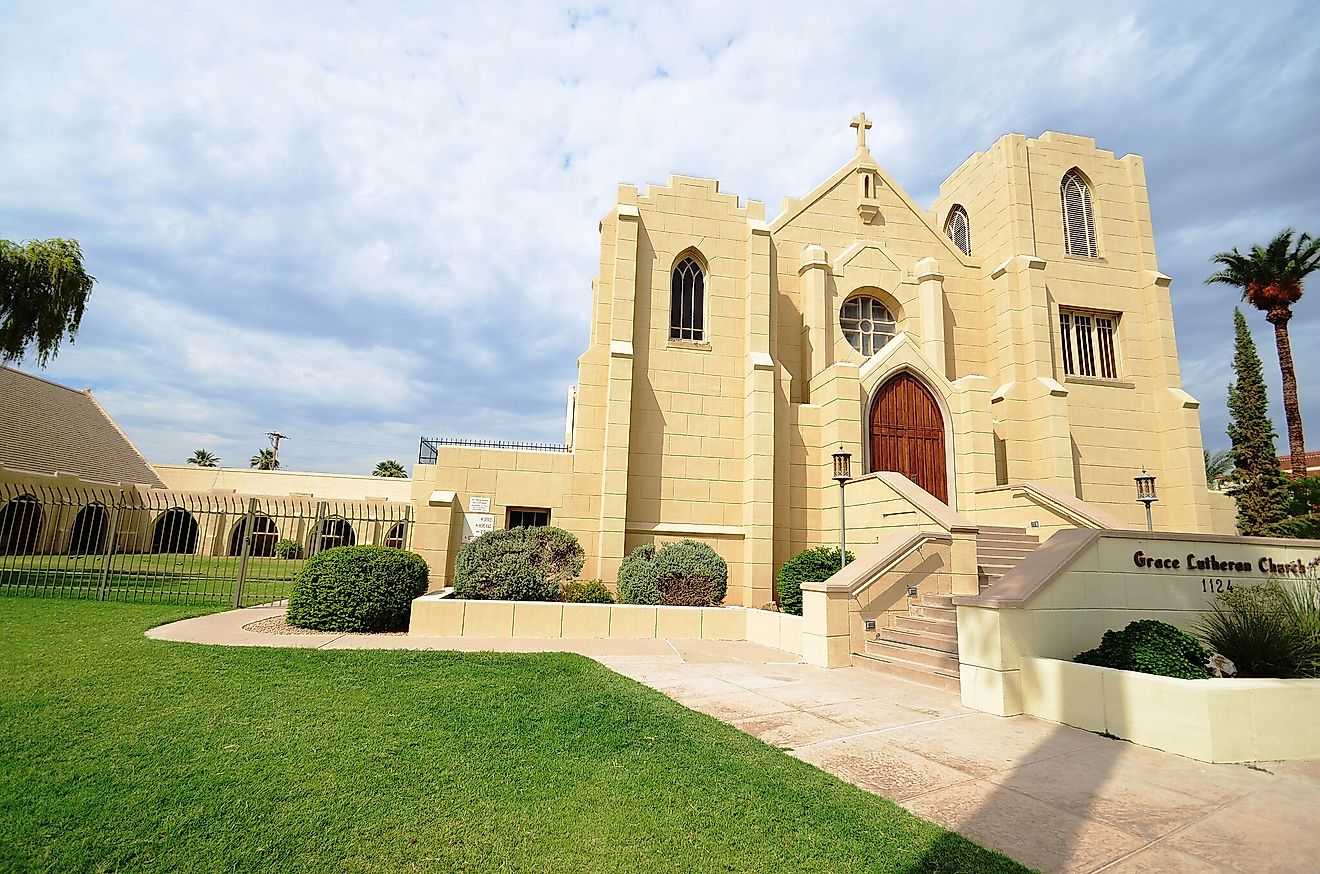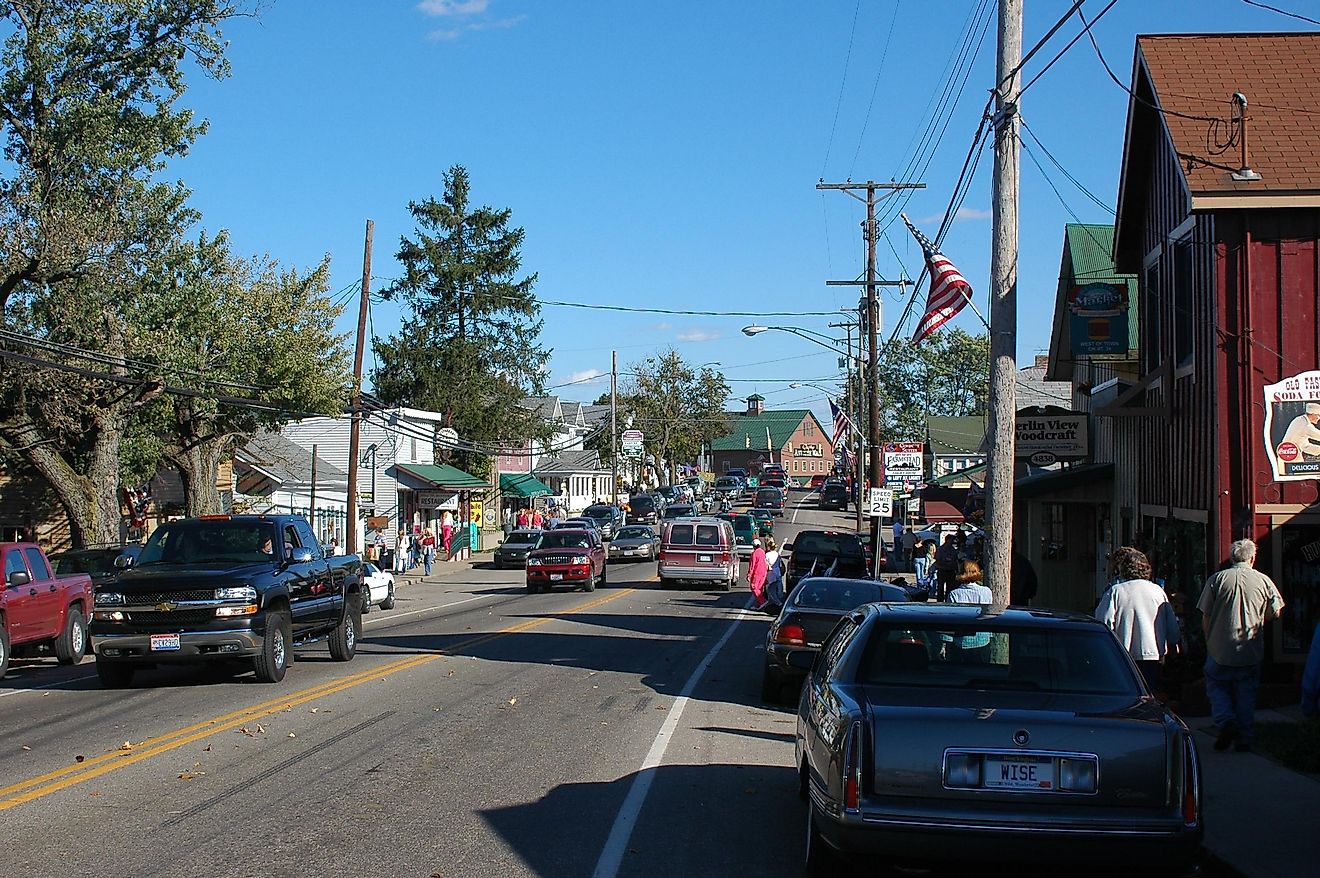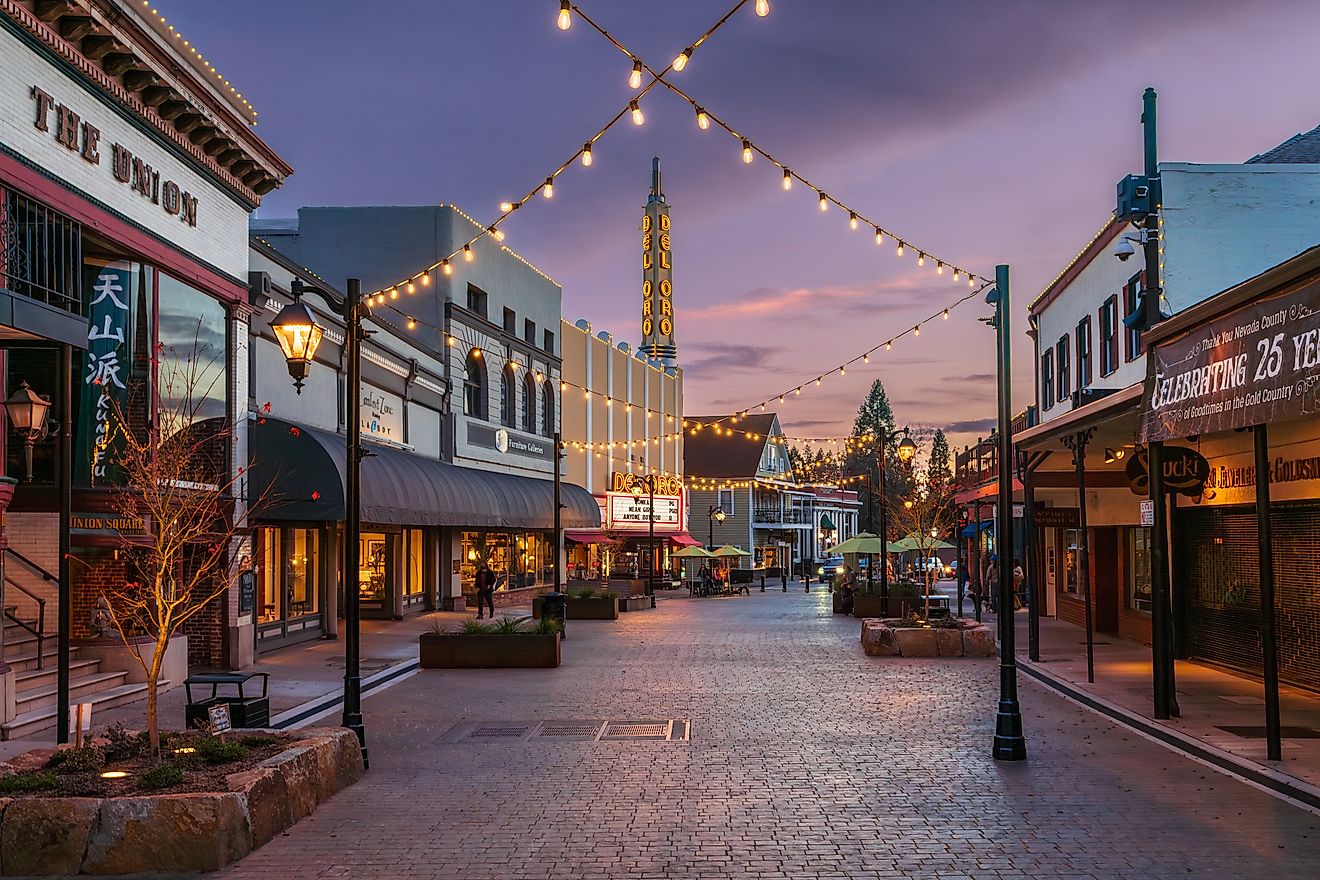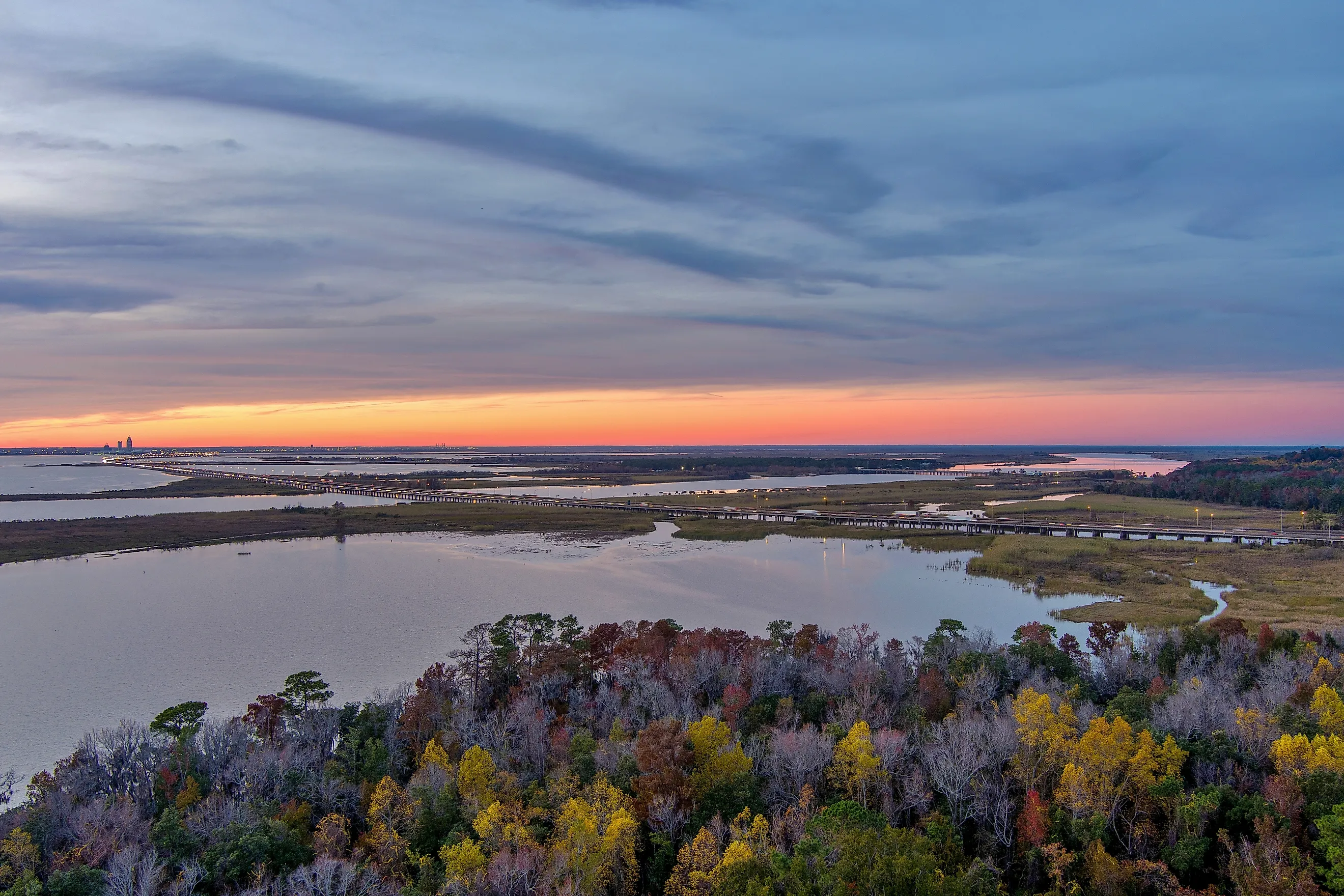
This Gulf Coast Scenic Byway Is The Road Trip Of A Lifetime
Five states border the Gulf of Mexico: Texas, Louisiana, Mississippi, Alabama, and Florida. They each offer scenic drives that showcase the region’s diverse beauty, from wide bayous to white-sand beaches. Yet only one route captures the true spirit of the Gulf in a single, seamless journey: Alabama’s Coastal Connection. Stretching 130 miles through Mobile and Baldwin counties, it winds through marshes, bays, forests, small towns, and barrier islands in a drive that feels unhurried and closely connected to the coast. As you follow the byway, the story of the Gulf unfolds, with every town, marsh, and shoreline revealing another layer shaped by tides, winds, and generations of coastal life.
From The Delta To Fairhope
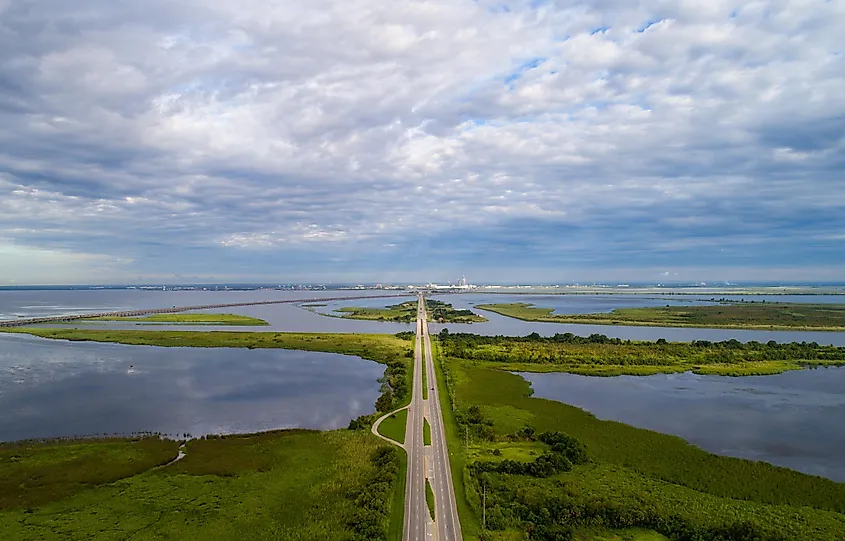
Your journey begins near Spanish Fort, where the Mobile-Tensaw Delta spans more than 250,000 acres of rivers, wetlands, and bottomland forests.
At Historic Blakeley State Park, open year-round, you’ll find more than 2,000 acres of one of North America’s most biodiverse habitats. The park preserves the site of Alabama’s largest Civil War battle, the remains of the early town of Blakeley, and evidence of Native American settlements dating back thousands of years. It’s a place where history and nature intertwine, offering a rare blend of cultural heritage and natural beauty.
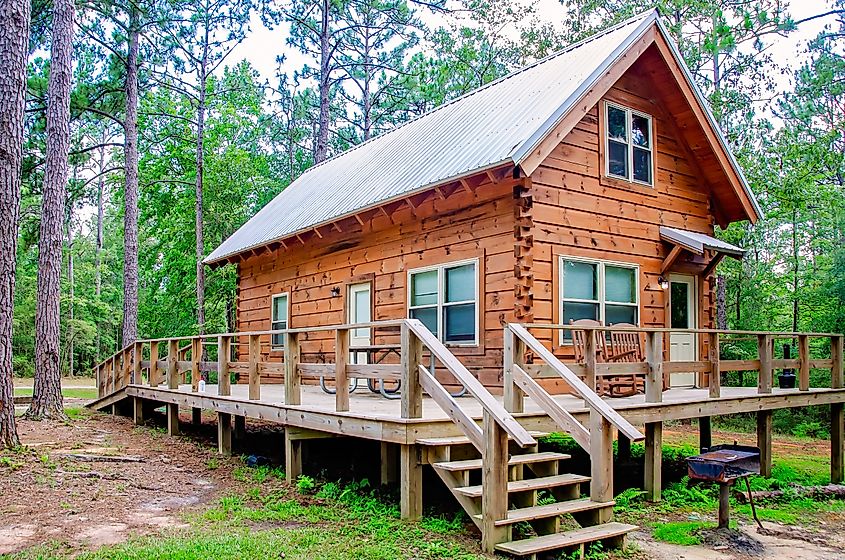
You can explore over 20 miles of trails on foot, by bike, or on horseback, or take a guided boat cruise through the rivers of the delta for a closer look at its wetlands and wildlife. The park also offers cabins, RV sites, and primitive camping areas, along with regular educational programs and special events.
Continuing south along the shoreline, you’ll arrive in Fairhope, a town perched on a bluff overlooking Mobile Bay. Its centerpiece, the Fairhope Municipal Pier, stretches 1,448 feet into the bay, offering scenic views, fishing, and peaceful walks past a fountain and rose garden. There’s no cost to visit, though anglers under 65 need a saltwater license. Dogs aren’t allowed on the pier but are welcome on leashes along nearby trails in North Beach Park.
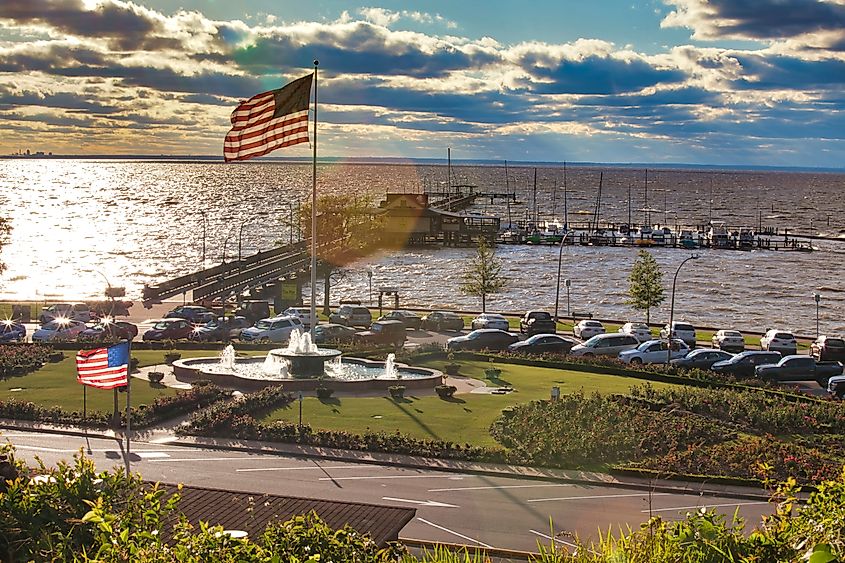
The pier is also one of the best bird-watching spots along the Gulf Coast. On the Alabama Coastal Birding Trail, you might spot red-bellied woodpeckers, blue grosbeaks, summer tanagers, and wintering loons. Standing at the railing, you can watch the light shift across Mobile Bay as birds move through the sky and over the water.
Gulf Shores, Fort Morgan, And The Peninsula
From Fairhope, the byway continues through Baldwin County’s mix of pine forest and farmland. The route passes through small towns such as Foley, known for its historic downtown district with early 20th-century brick storefronts, antique shops, and local restaurants along North McKenzie Street. Nearby, the Foley Railroad Museum and Model Train Exhibit highlight the town’s rail history and family-friendly attractions.
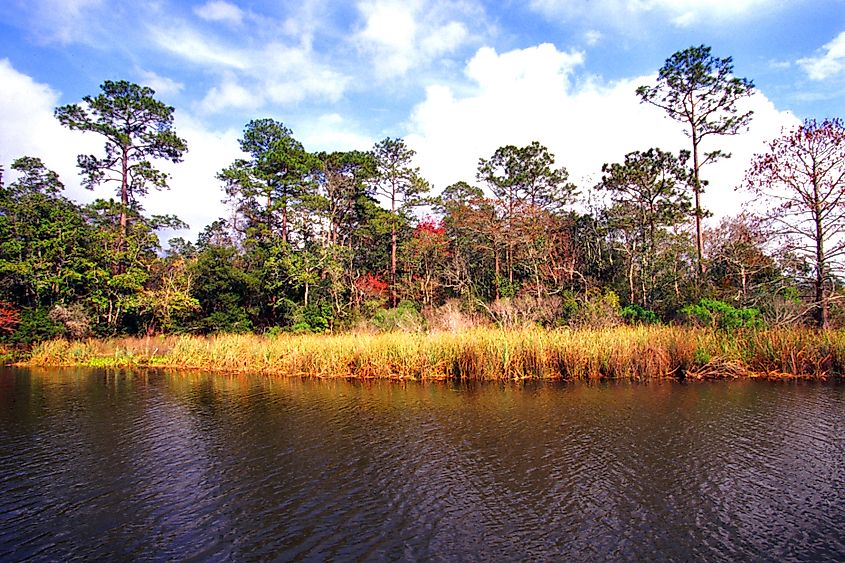
Farther south, the landscape begins to change. Glimpses of emerald-green water and white dunes appear as you approach Gulf Shores, a coastal community known for its wide, soft-sand beaches and barrier-island ecosystem. The shoreline is framed by low dunes covered in sea oats, and the Gulf waters stretch clear and calm on most days.
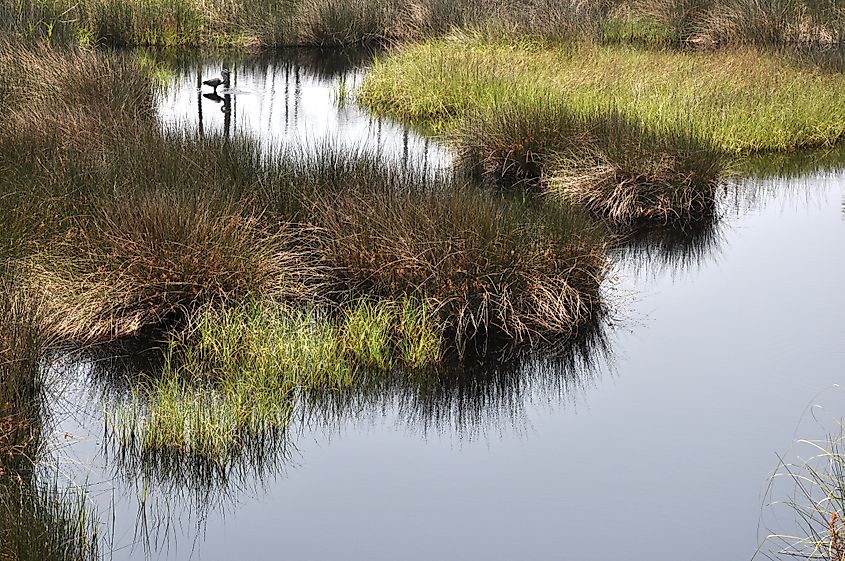
Just west of town, you’ll find Bon Secour National Wildlife Refuge, which protects more than 7,000 acres of coastal habitat, including tidal marshes, freshwater swales, and maritime forests of pine and live oak. You can explore the Jeff Friend Trail and Gator Lake Trail to spot a variety of birds throughout the year. About 20 minutes away, Little Lagoon Pass Park gives you access to where the lagoon meets the bay.
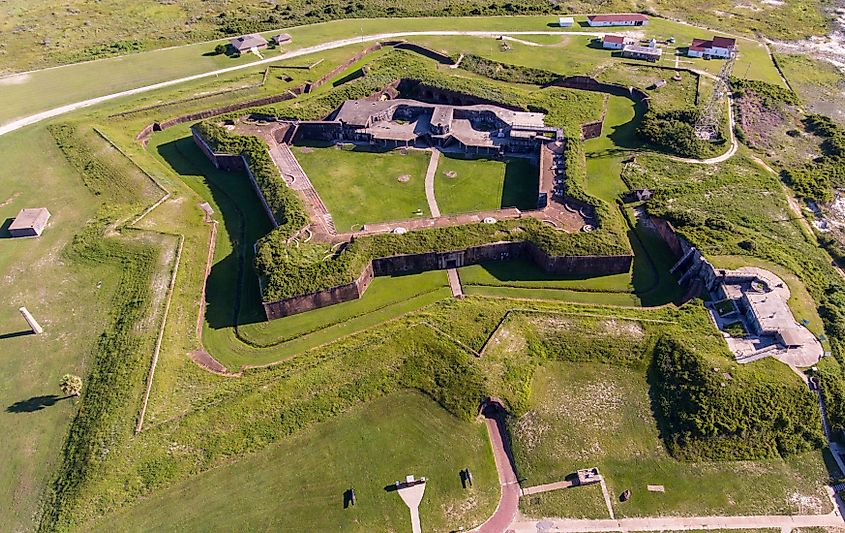
Continuing west from Gulf Shores, you’ll follow the Fort Morgan Peninsula, with the Gulf of Mexico on one side and Mobile Bay on the other. The peninsula narrows as you approach Historic Fort Morgan, a 19th-century masonry fort built to defend the bay entrance. You can walk through the brick tunnels, ramparts, and gun emplacements while looking across the channel toward Dauphin Island. A ferry leaves from the fort’s landing, carrying vehicles and passengers across Mobile Bay. During the crossing, you may see dolphins swimming near the boat and seabirds flying along the route to Dauphin Island.
Dauphin Island And Bayou Life

Dauphin Island moves at a quieter rhythm. As you drive beneath canopies of live oaks, you’ll find neighborhoods tucked among dunes and marshes. At the island’s eastern end, you can explore the Audubon Bird Sanctuary, where trails wind through pine forests and around freshwater ponds before opening onto the Gulf. In spring and fall, migratory birds stop here, filling the skies with color.
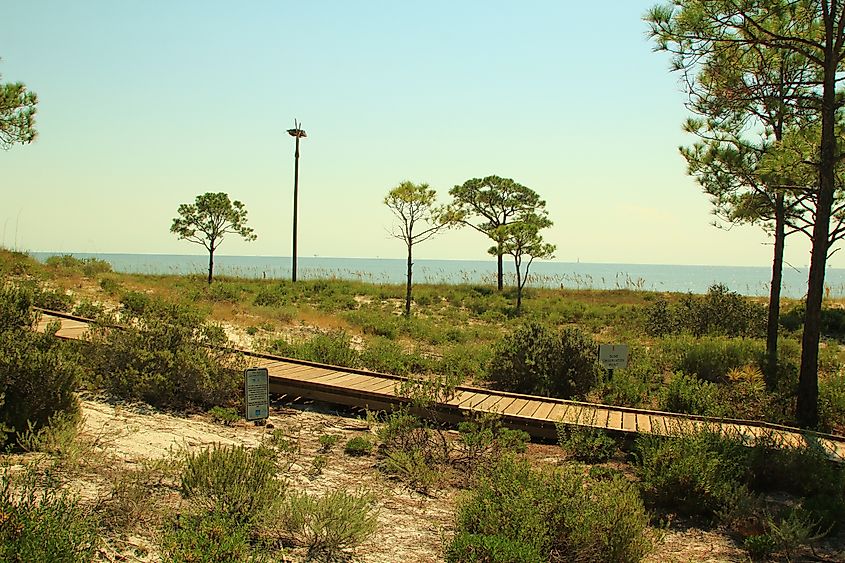
At the Alabama Aquarium at the Dauphin Island Sea Lab, you’ll get a hands-on learning experience as you explore the habitats of coastal Alabama. Located within the nation’s fourth-largest estuary system, you can wander through interactive exhibits, including the popular stingray touch pool. Step onto the scenic living marsh boardwalk to see more than 100 local species of plants and animals.
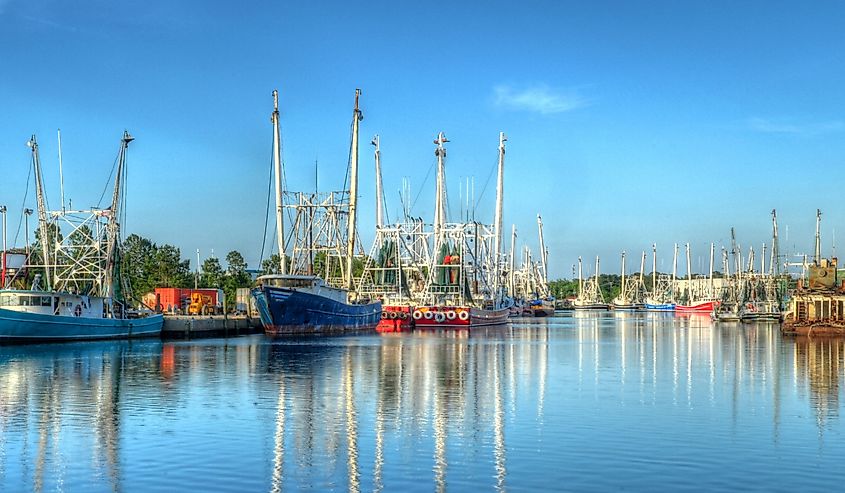
Driving north brings you to Bayou La Batre, a small fishing town often called the “seafood capital of Alabama.” You’ll see shrimp boats lining the docks and catch the scent of the Gulf in the air. You might recognize the town from "Forrest Gump," where Bubba dreamed of his shrimp business. If you visit in May, you can experience the annual Blessing of the Fleet, when decorated boats parade through the bayou to celebrate the community’s maritime heritage.
Traveling Along Alabama’s Coastal Connection
By the time you reach the end of Alabama’s Coastal Connection, you’ve taken in so much of the Gulf Coast: quiet cypress swamps, the flowering streets of Fairhope, the emerald waters of Gulf Shores, the history-filled ramparts of Fort Morgan, and the peaceful beaches of Dauphin Island. Each turn in the road along the byway feels like part of one long, unfolding story. The water you first saw in the delta finally meets the Gulf, showing just how connected the coast really is. It’s easy to understand why this drive stays with you. Every stop leaves a memory, a small piece of the Gulf you can carry with you long after the trip ends.
